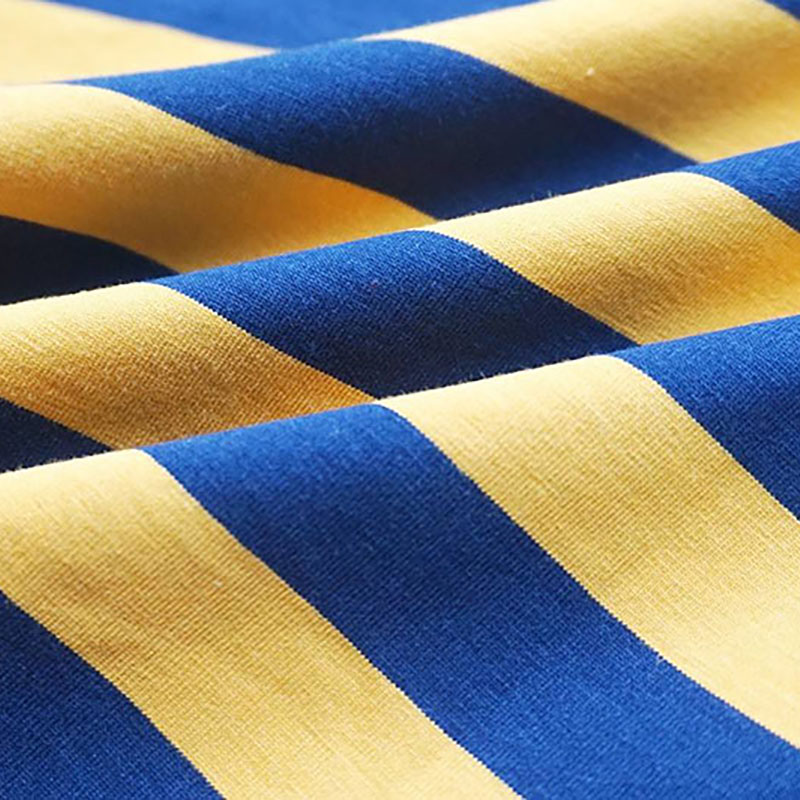As a professional in the textile industry, I am well aware of the importance of knitted fabrics in the market. In order to help companies improve the market competitiveness of their products, mastering dyeing techniques is a vital link. In this special report, I will share some effective methods and precautions for dyeing knitted fabrics to ensure that you create colorful and long-lasting textiles.
Before dyeing, you first need to identify your target market and its needs. Conducting a comprehensive market research to understand consumers’ color preferences and trends can provide direction for your dyeing strategy.
Choosing the right dye is crucial for different types of knitted fabrics. Whether natural or synthetic, each dye has different characteristics and suitability. Make sure you choose the right dye for your fabric.
In the dyeing process, controlling the dyeing temperature and time is the key. Different knitted fabrics have different tolerance to temperature, so the dyeing process needs to be adjusted according to the actual situation. The accuracy of this process directly affects the final dyeing effect.

After dyeing, post-processing is an important step to ensure color fastness. The dyed fabric should be washed, dried, and quality tested to ensure that the final product meets market standards.
By following the above steps, you will be able to dye knitted fabrics more effectively and improve your products' market competitiveness. Professional dyeing techniques combined with appropriate marketing strategies will bring lasting advantages to your brand. I hope this special report can provide valuable reference and guidance for your textile production.
